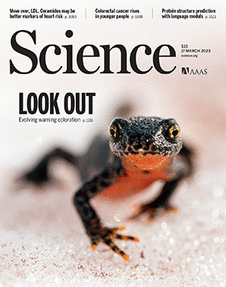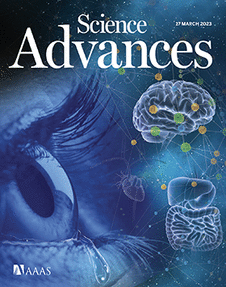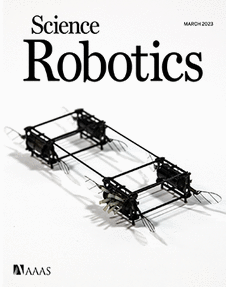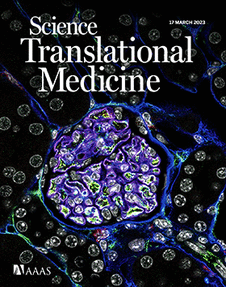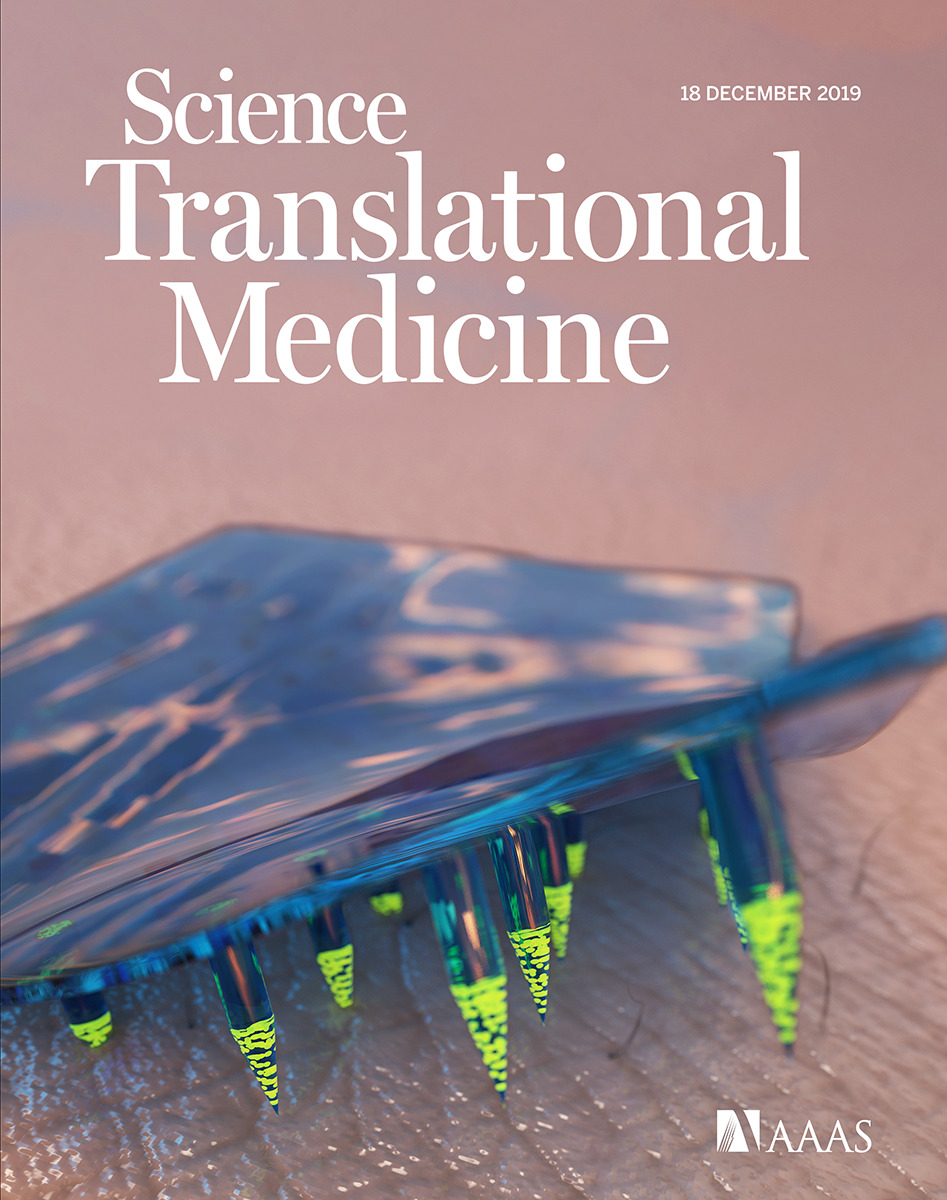We acknowledge W. H. Gates, D. Hartman, S. Hershenson, S. Kern, B. Nikolic, K. Owen, L. Shackelton, C. Karp, and D. Robinson for their guidance; R. T. Bronson for pathology expertise; and the MIT Department of Comparative Medicine for advice. We thank W. Weldon and his laboratory at the U.S. Centers for Disease Control and Prevention for performing neutralizing antibody titer studies, the Koch Institute Swanson Biotechnology Center for technical support, specifically the Hope Babette Tang (1983) Histology Facility and the Peterson (1957) Nanotechnology Materials Core Facility as well as the Harvard University Center for Nanoscale Systems, and W.M. Keck Microscopy Facility at the Whitehead Institute.
Funding: This work was funded by the Bill & Melinda Gates Foundation grant OPP 1150646. Fellowship support for K.J.M. was provided by an NIH Ruth L. Kirschstein National Research Service Award (F32EB022416). L.J. thanks the Youth Innovation Promotion Association CAS (2018042), National Natural Science Foundation of China (81671755), and China Scholarship Council (201604910444) for financial support. This work was supported in part by the Koch Institute Support (core) Grant P30-CA14051 from the National Cancer Institute. This work was performed in part at the Harvard University Center for Nanoscale Systems (CNS), a member of the National Nanotechnology Coordinated Infrastructure Network (NNCI), which is supported by the National Science Foundation under NSF award no. 1541959.
Author contributions: K.J.M., R.L., A.J., L.W., and P.A.W. devised the concept. K.J.M., L.J., R.L., and A.J. designed the experiments and wrote the manuscript. L.J. designed and synthesized QDs. L.J., H.S.N.J., C.F.P., and J.Y. performed optical characterization and analysis. M.G.B. and M.G. oversaw QD synthesis and analysis. L.J., H.S.N.J., and W.T. performed QD encapsulation. M.S. performed the computational modeling simulations. K.J.M., S.Y.S., and M.C. designed and fabricated microneedles. K.J.M., S.Y.S., C.F.P., F.L., M.P., N.P., and A.K. designed the smartphone optics. K.J.M., L.J., H.S.N.J., S.Y.S., S.Y.T., T.G., J.C., J.L.S., and M.T. performed the in vitro experiments. K.J.M., S.Y.S., and M.C. performed the ex vivo studies. K.J.M., S.Y.S., M.C., S.R., and S.T. performed the in vivo experiments and corresponding analysis. M.S. and D.V. developed the machine learning algorithm.
Competing interests: A patent application entitled “Microneedle tattoo patches and use thereof” describing the approach presented here was filed by K.J.M., L.J., S.Y.S., H.S.N.J., A.J., and R.L. (US 62/558,172). R.L. discloses potential competing interests in the below link:
www.dropbox.com/s/yc3xqb5s8s94v7x/Rev%20Langer%20COI.pdf?dl=0.
Data and materials availability: All data associated with this study are present in the paper or the Supplementary Materials. Computer code archive is publicly accessible: doi.org/10.5281/zenodo.3571386.
